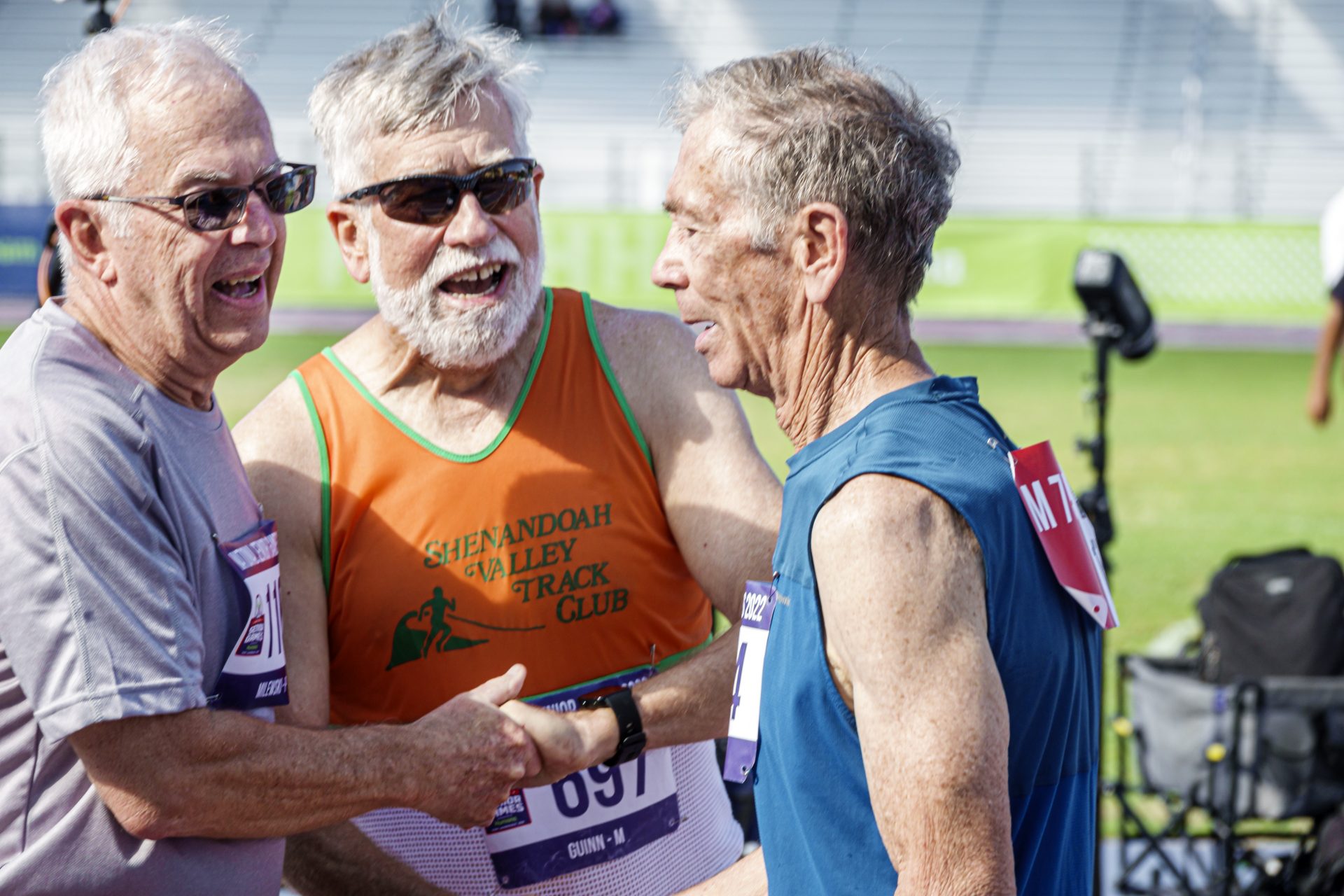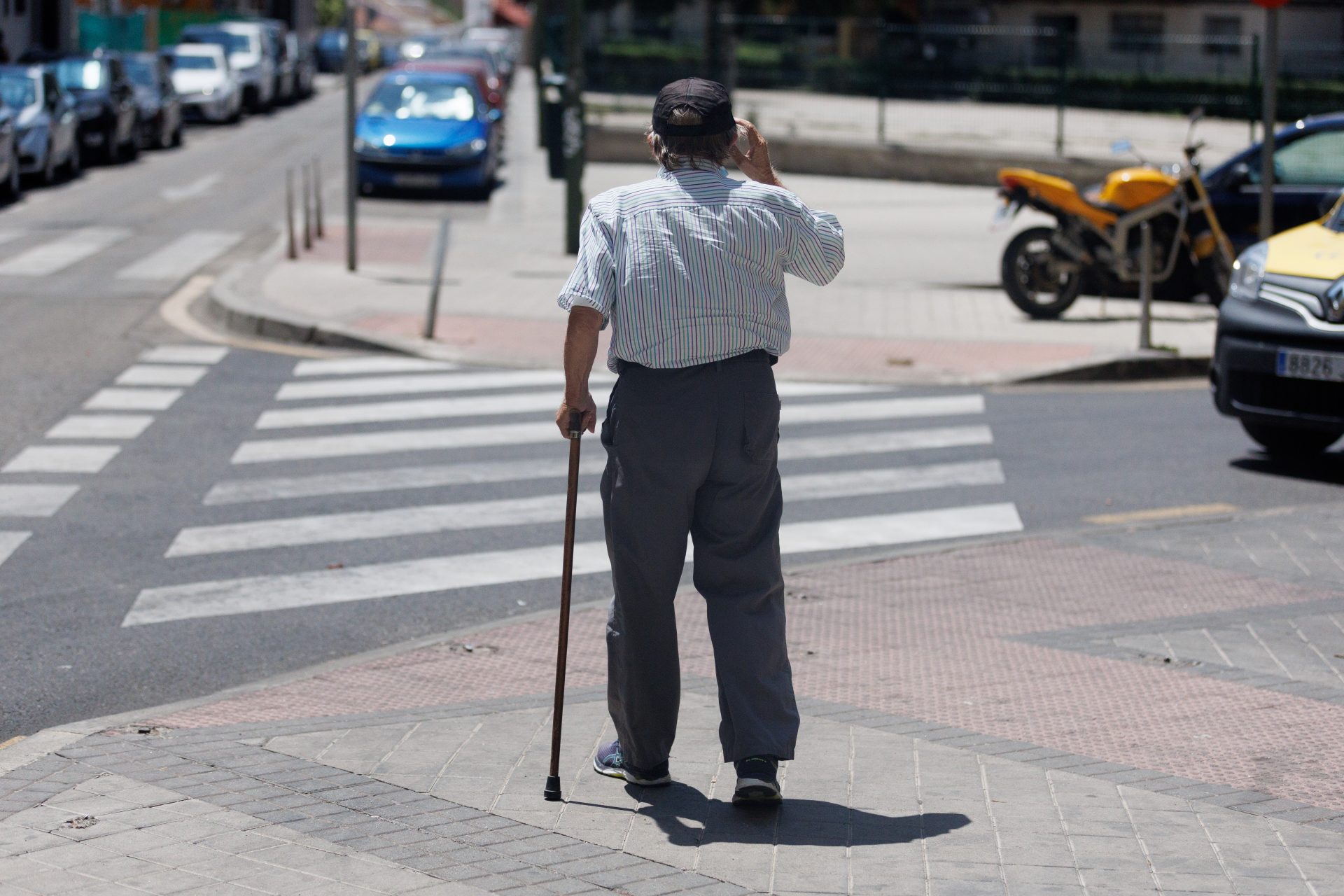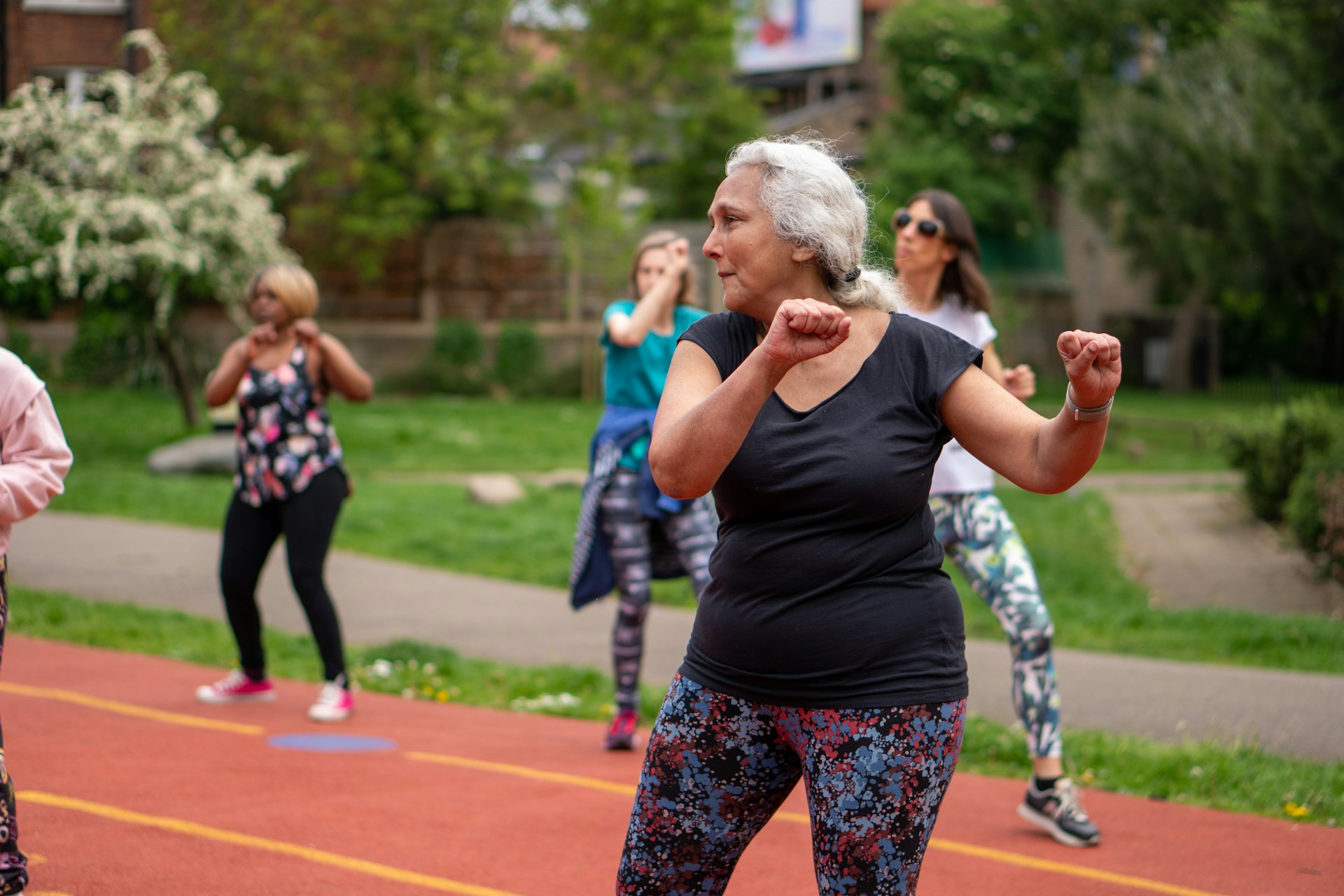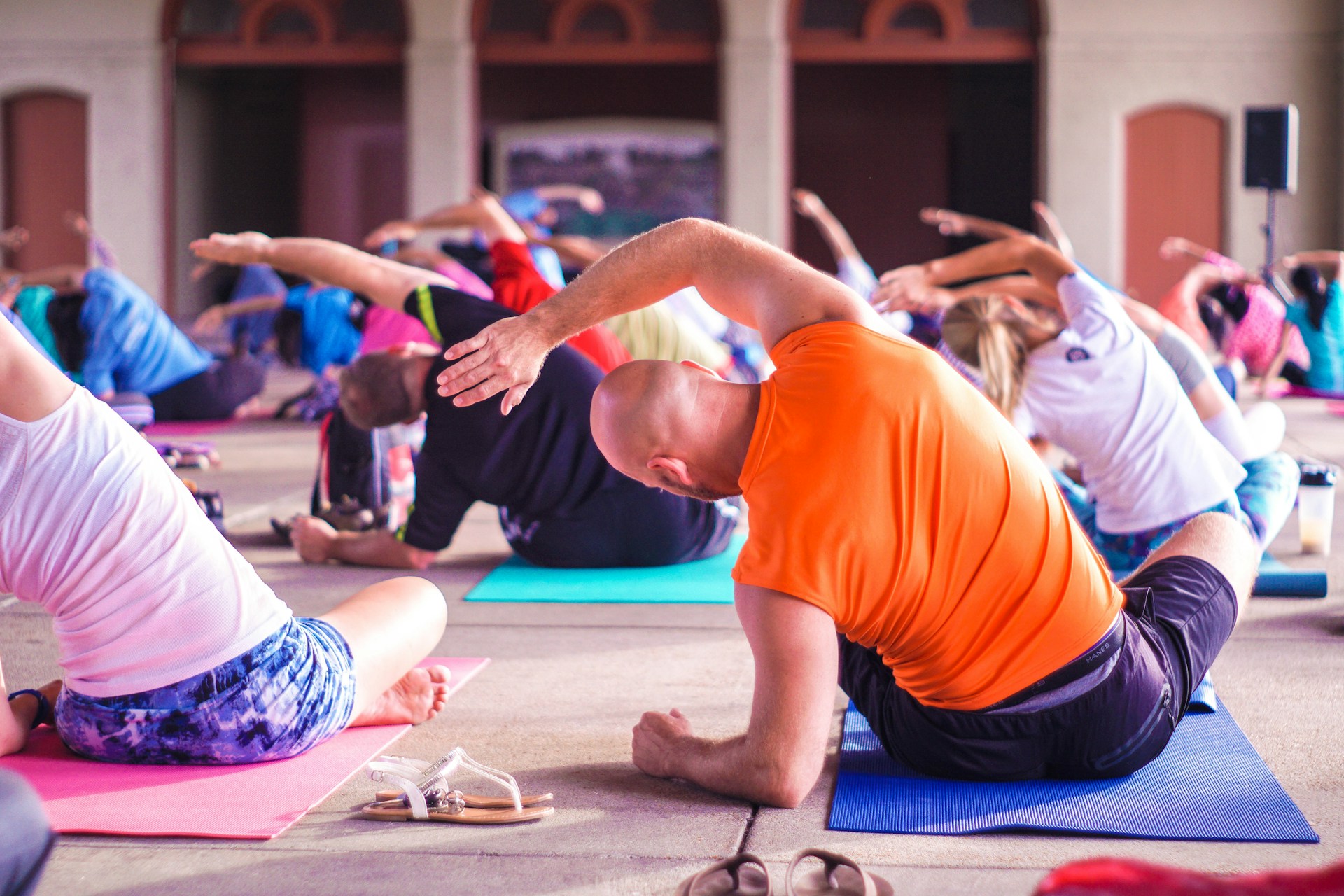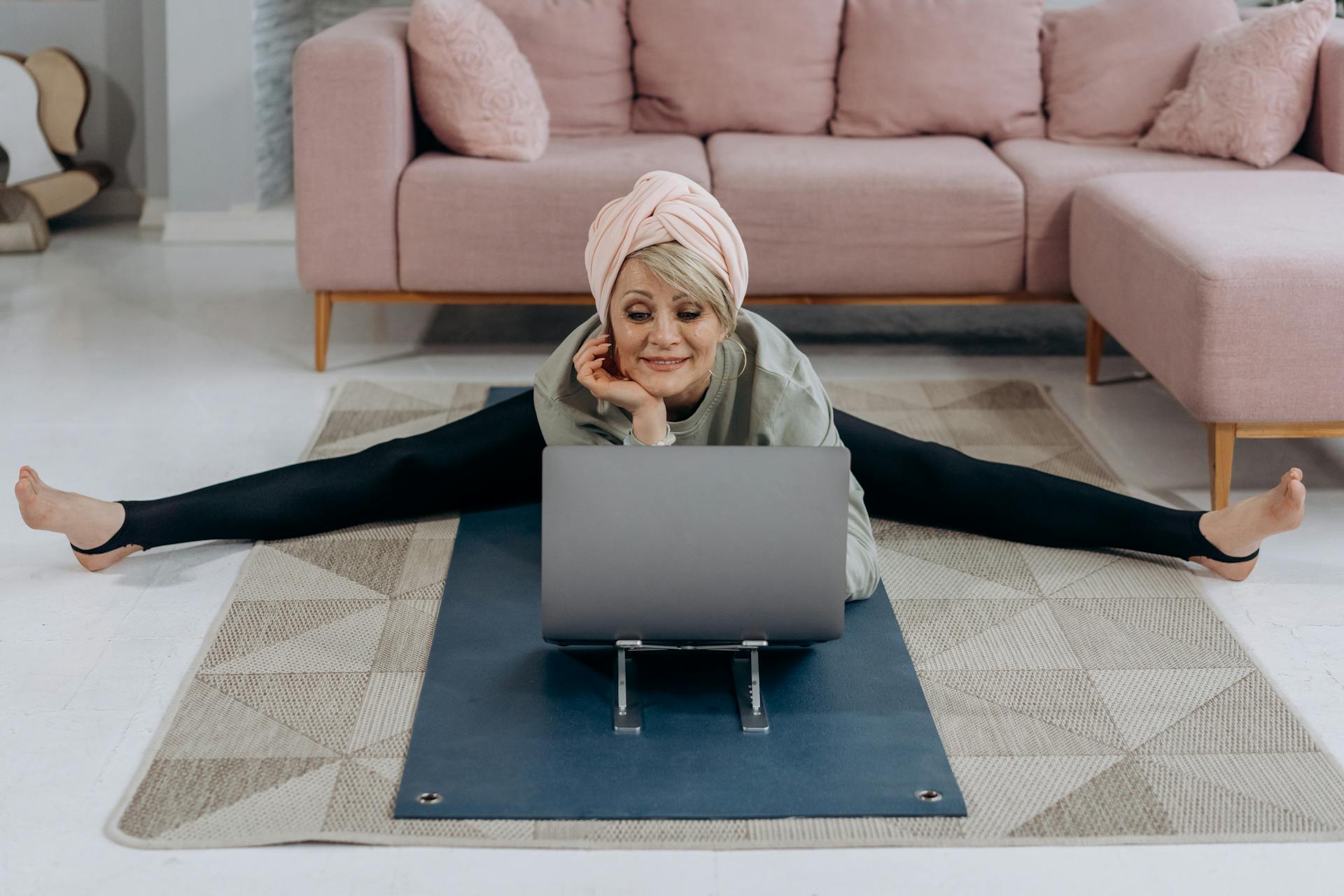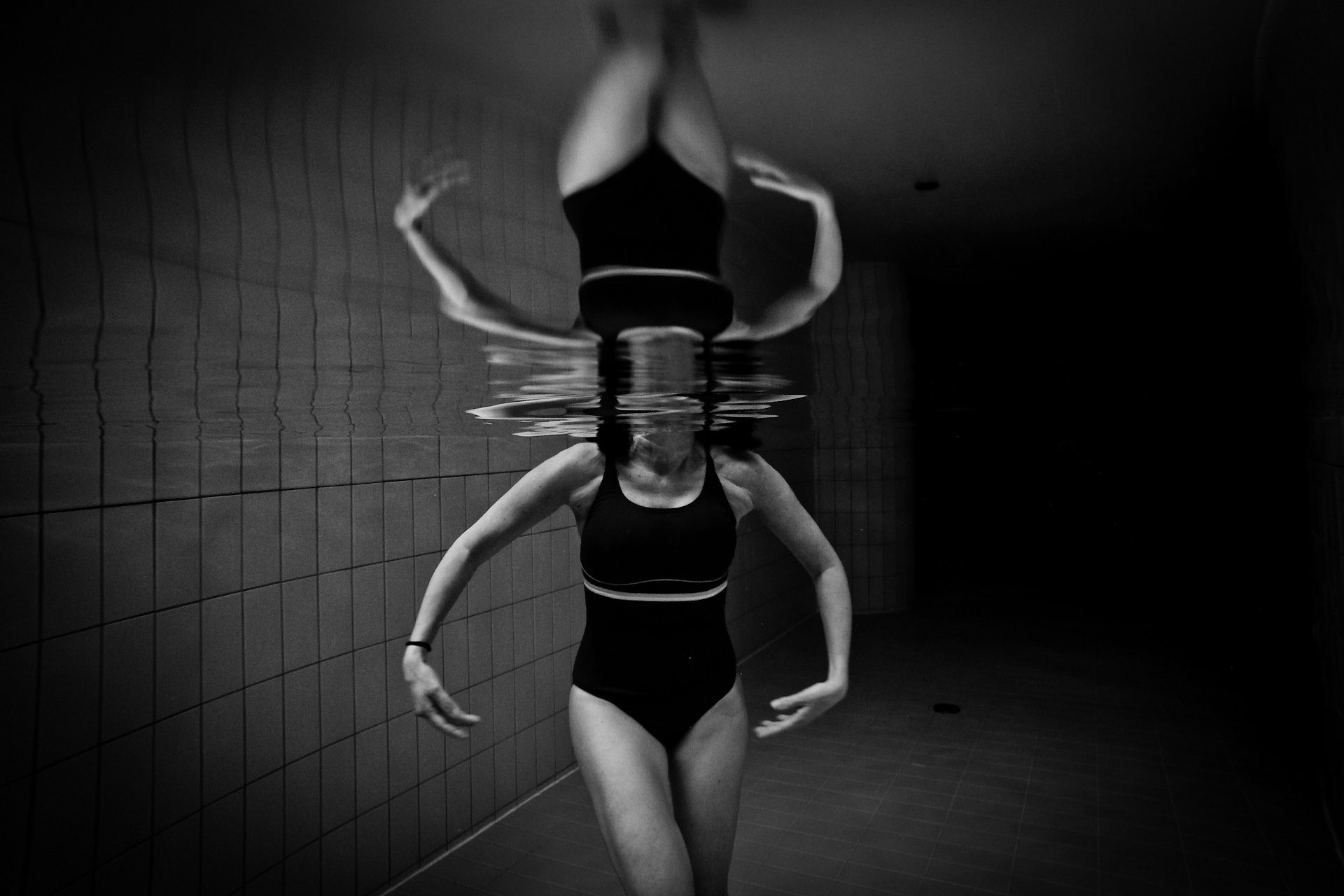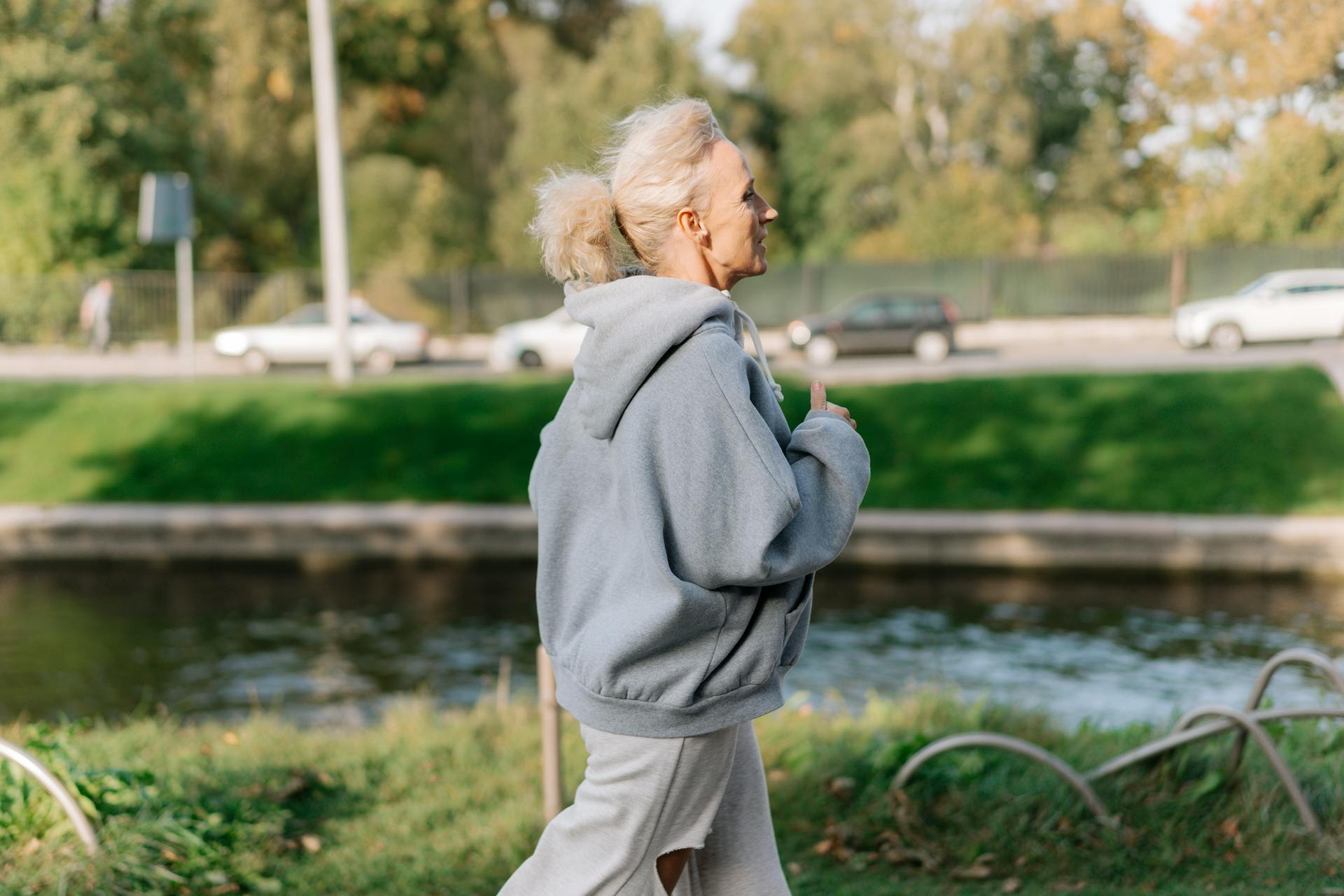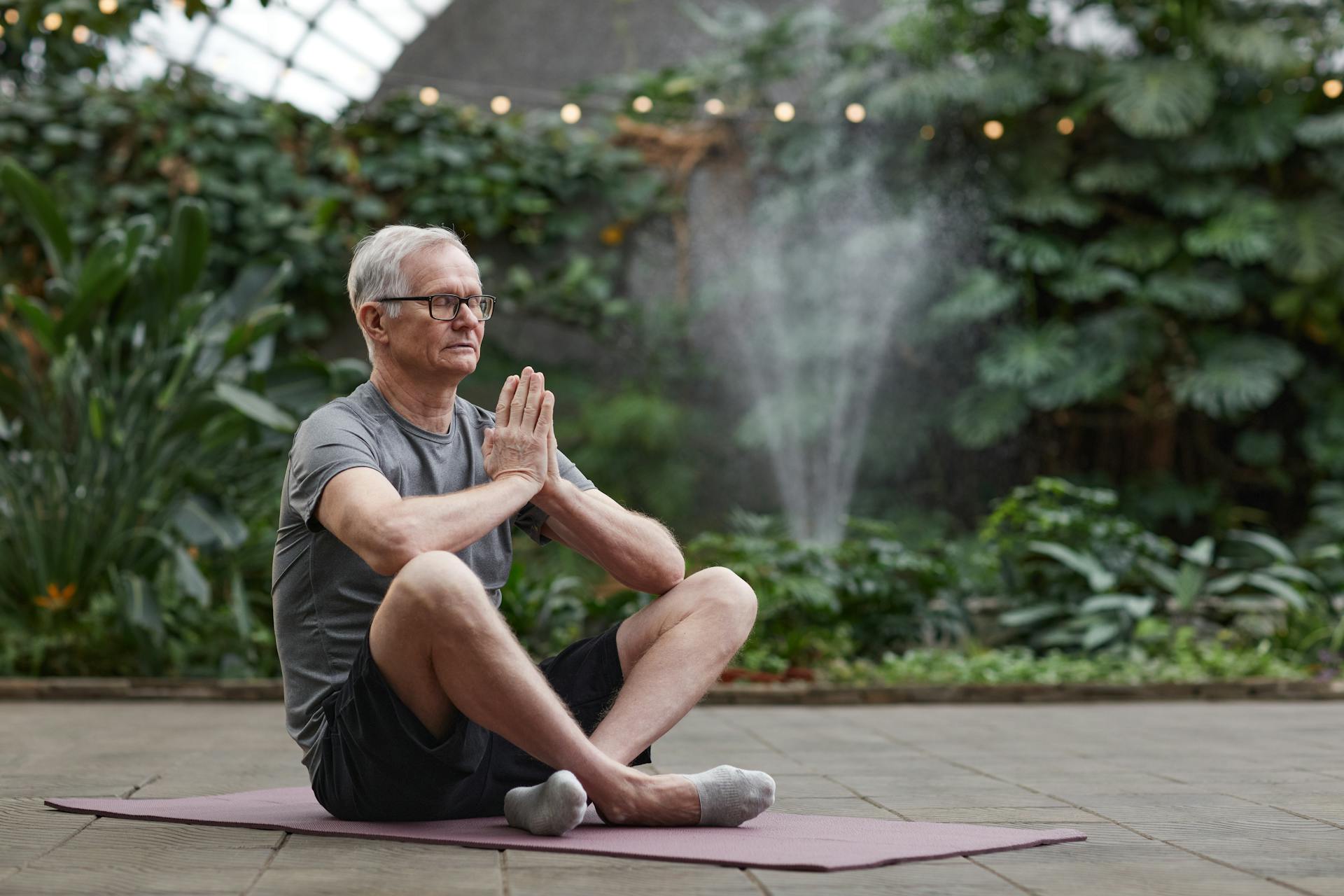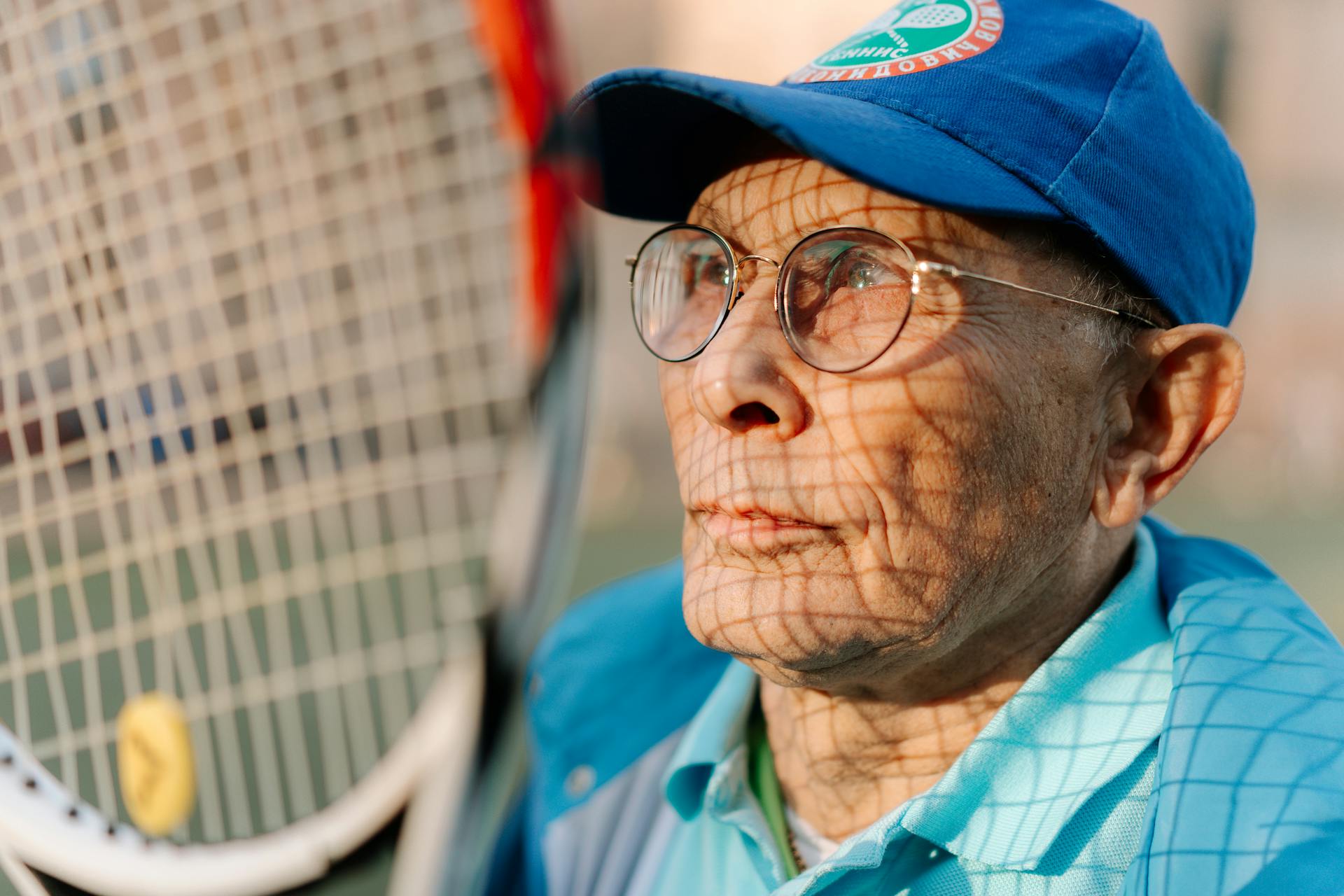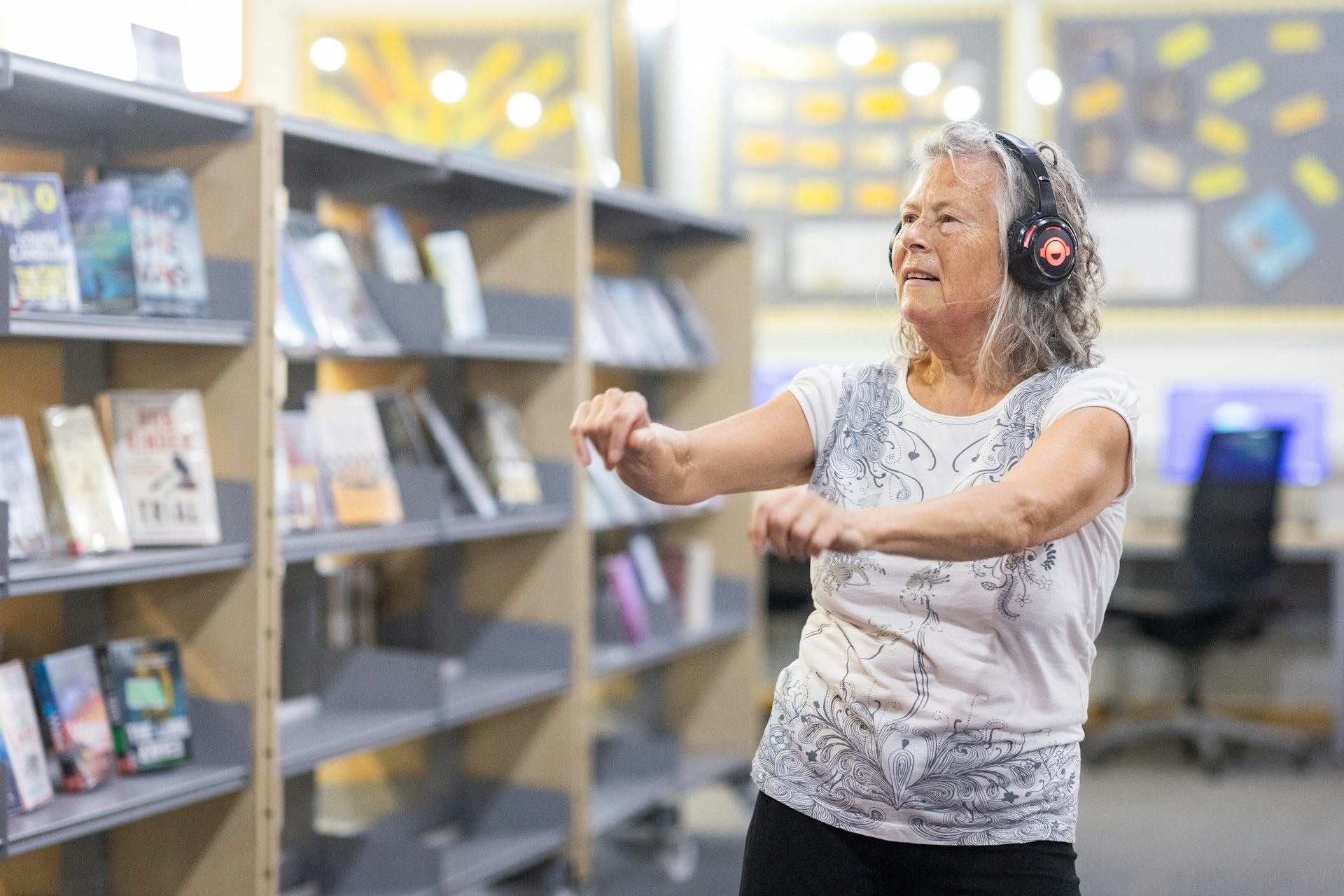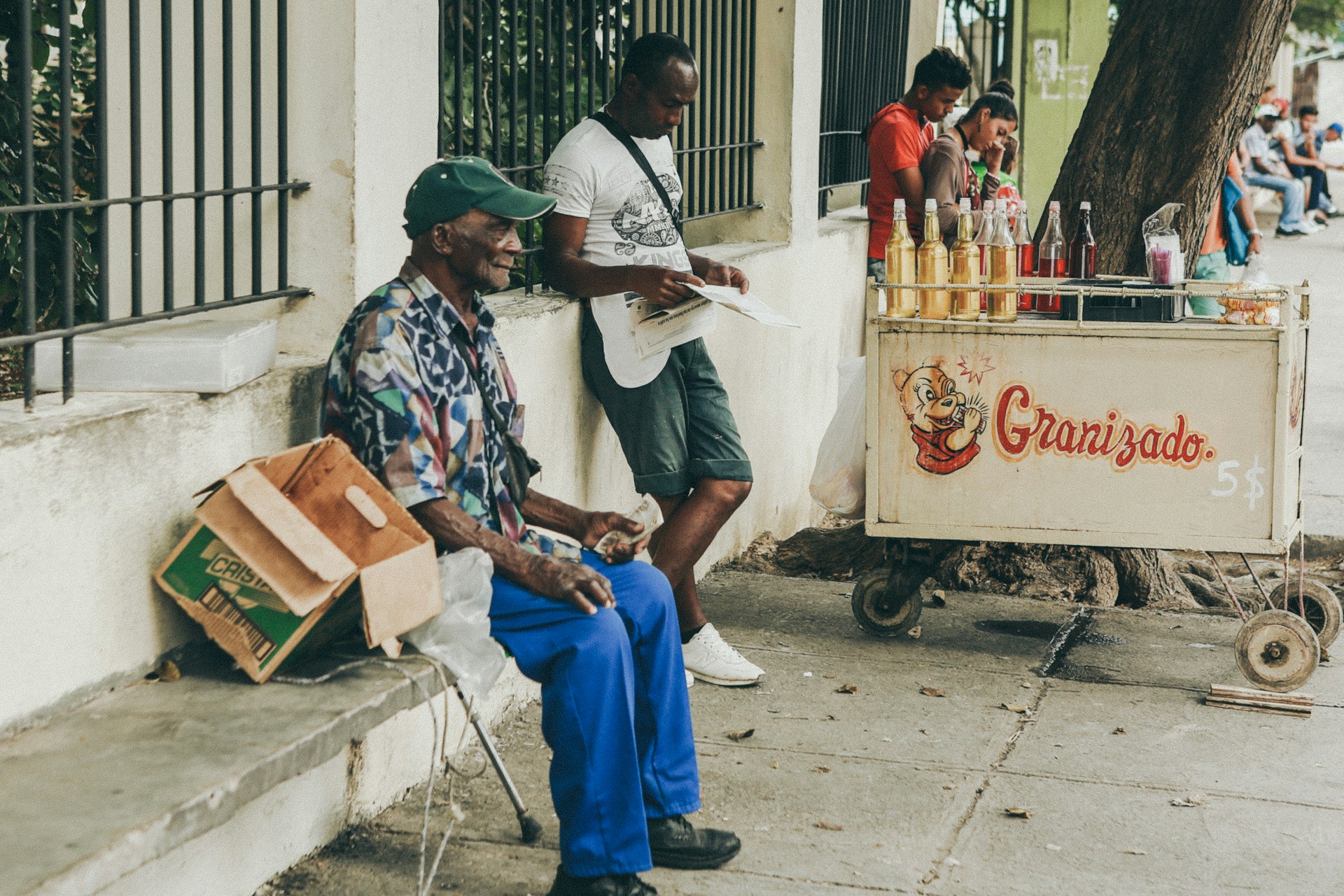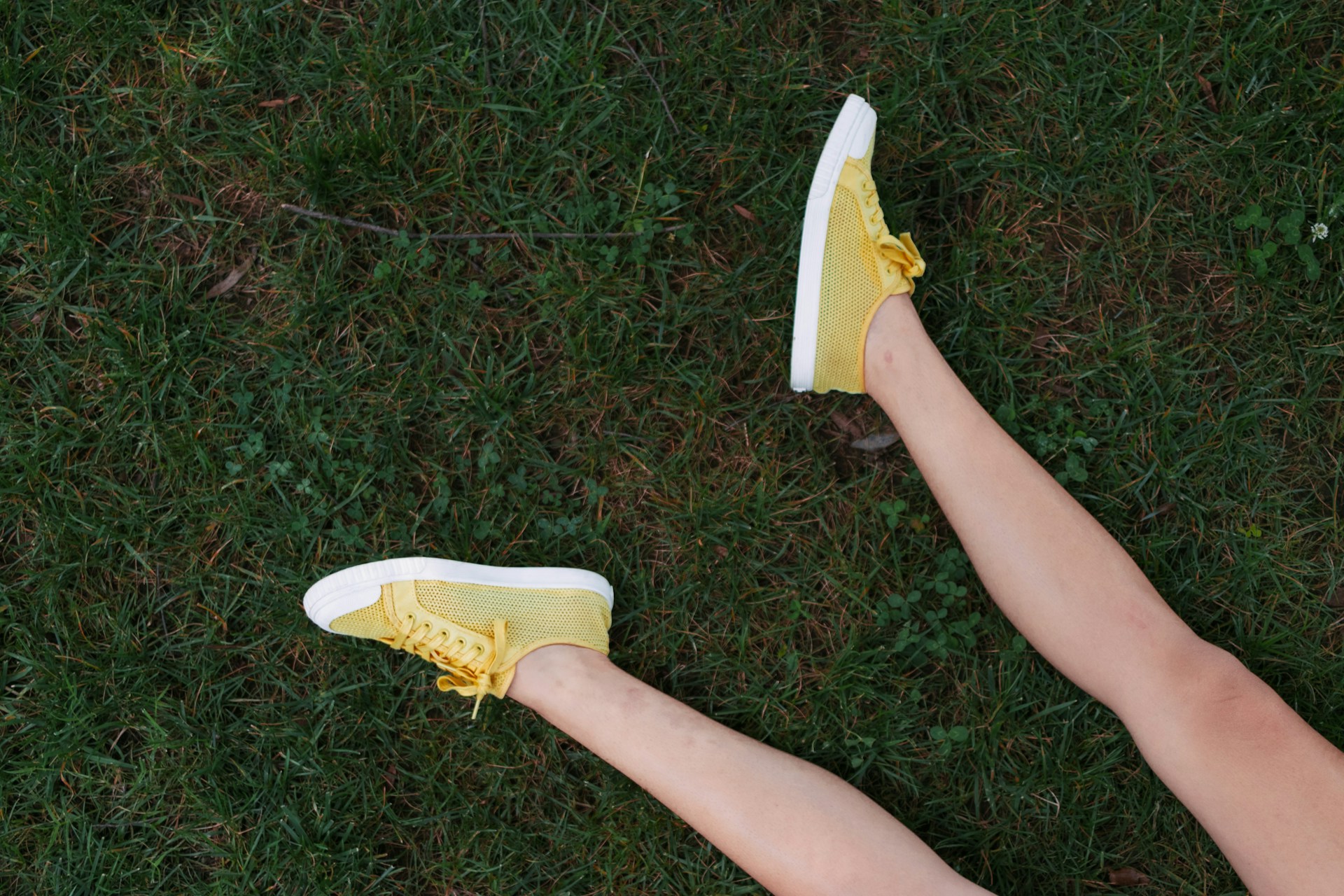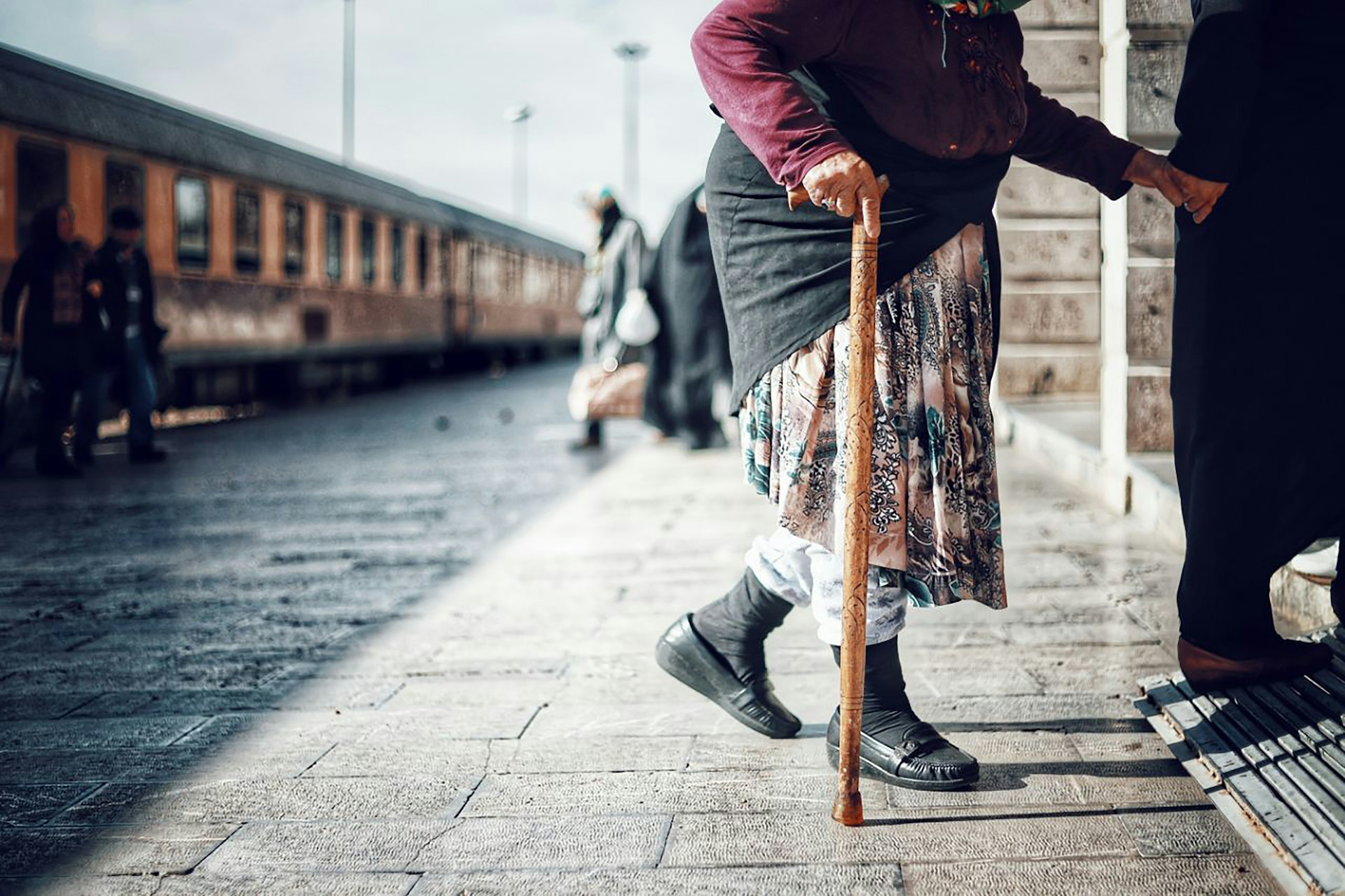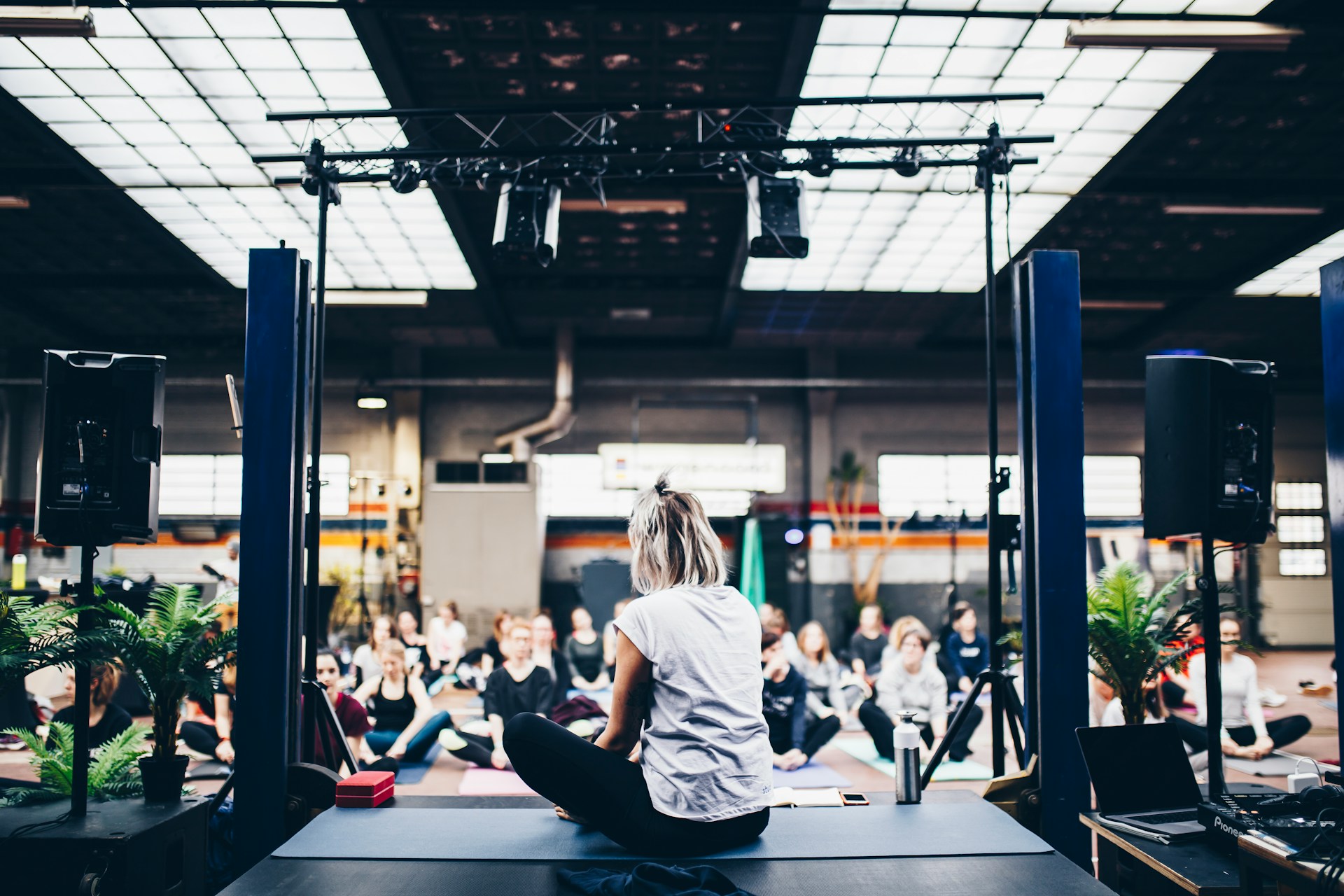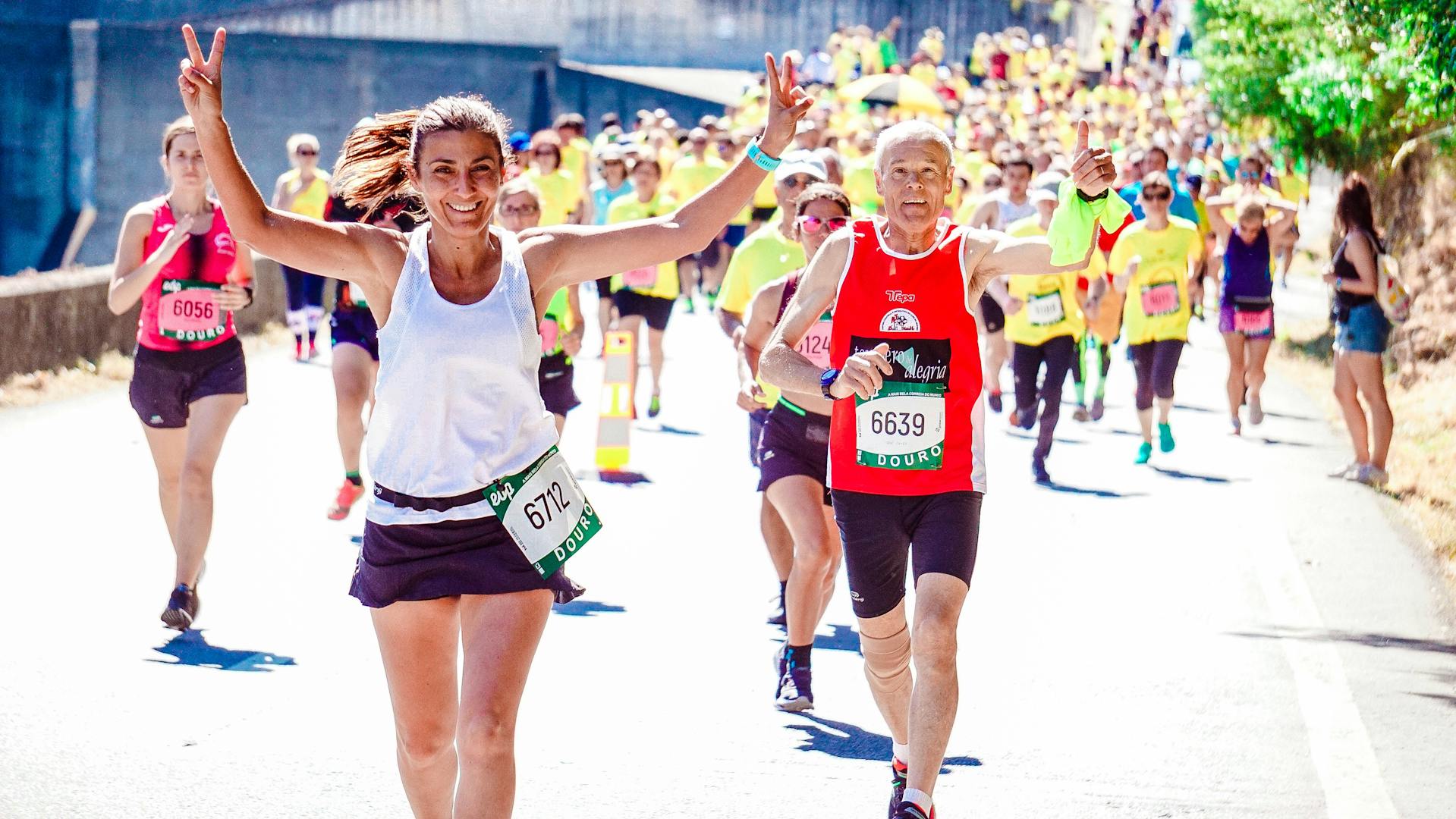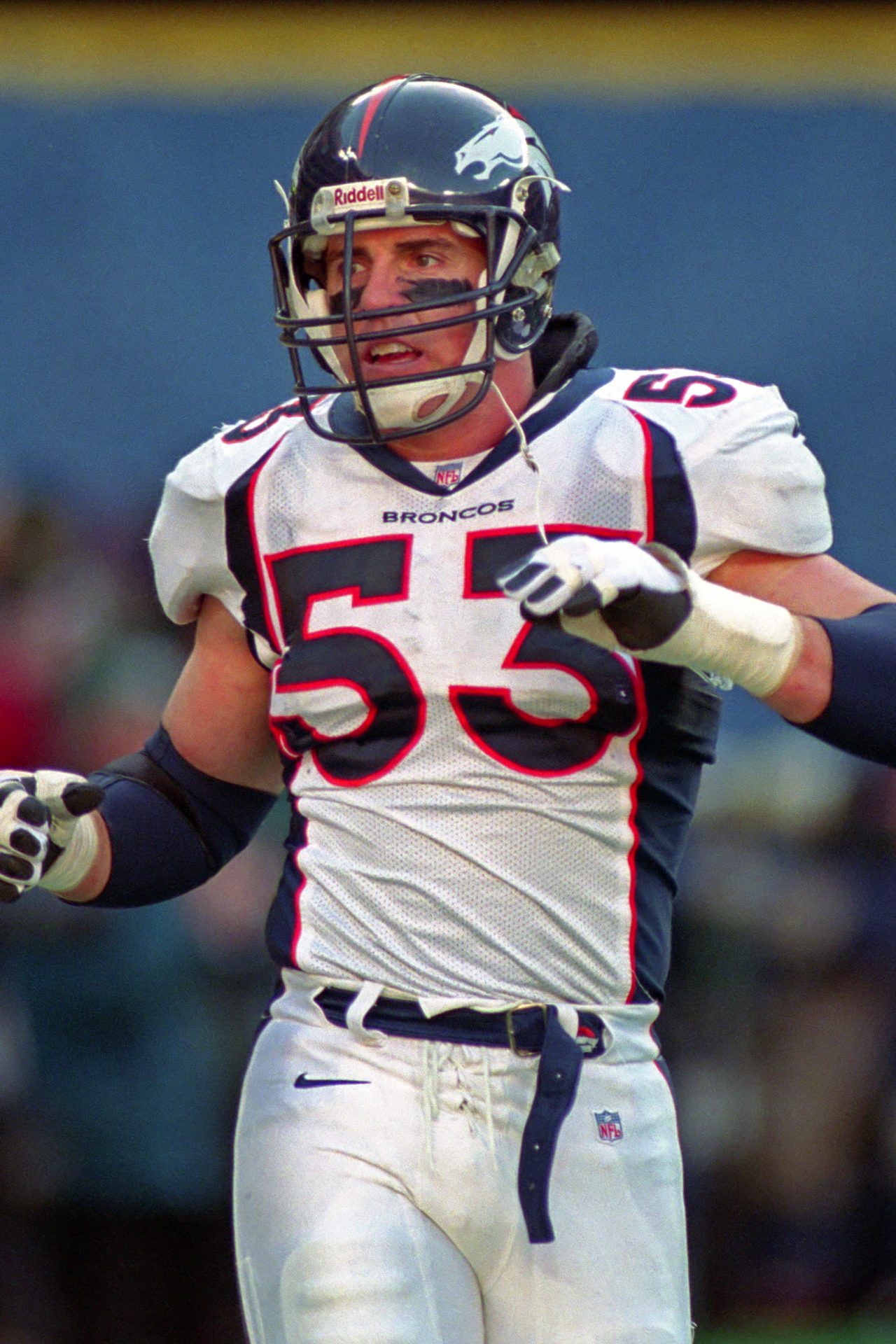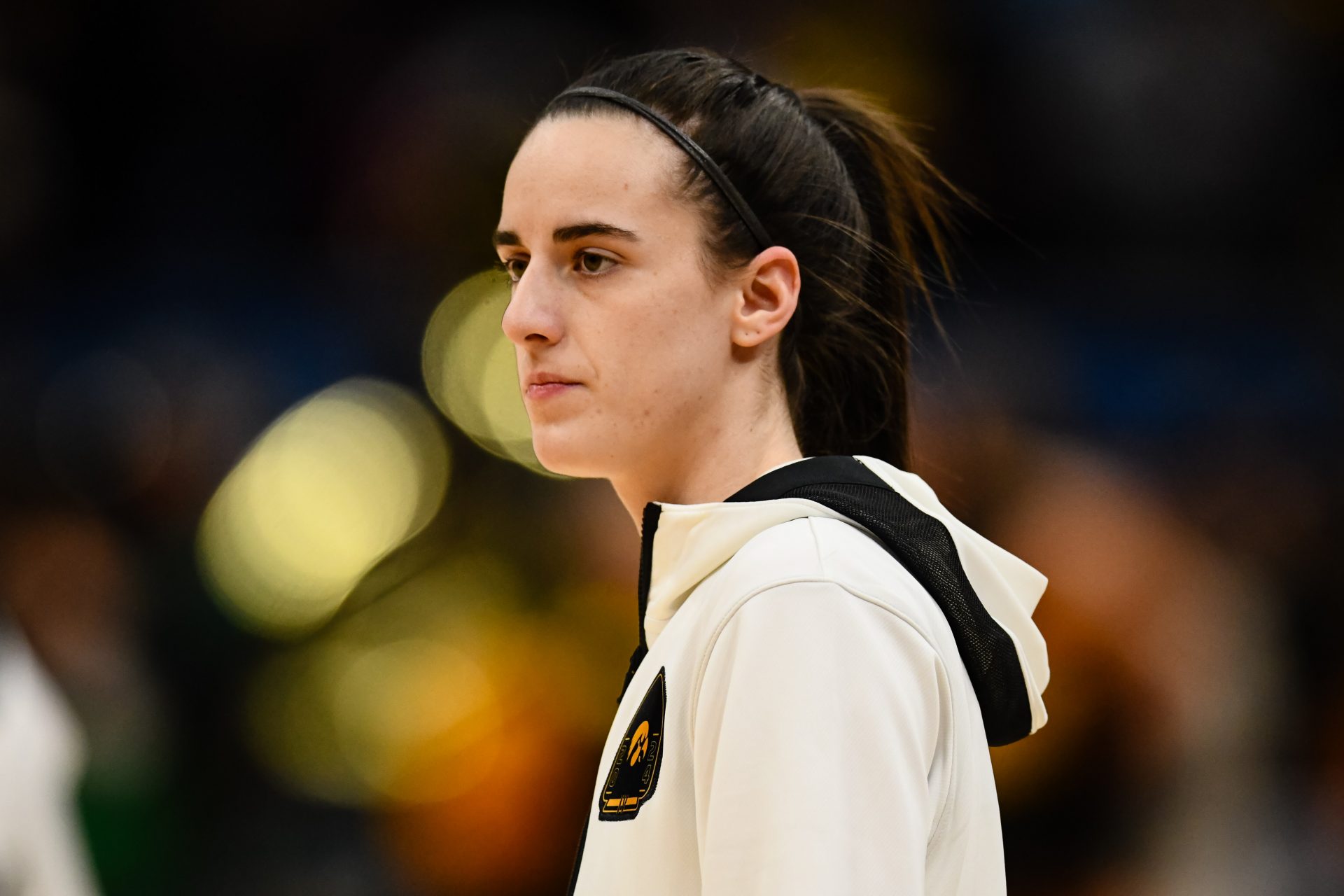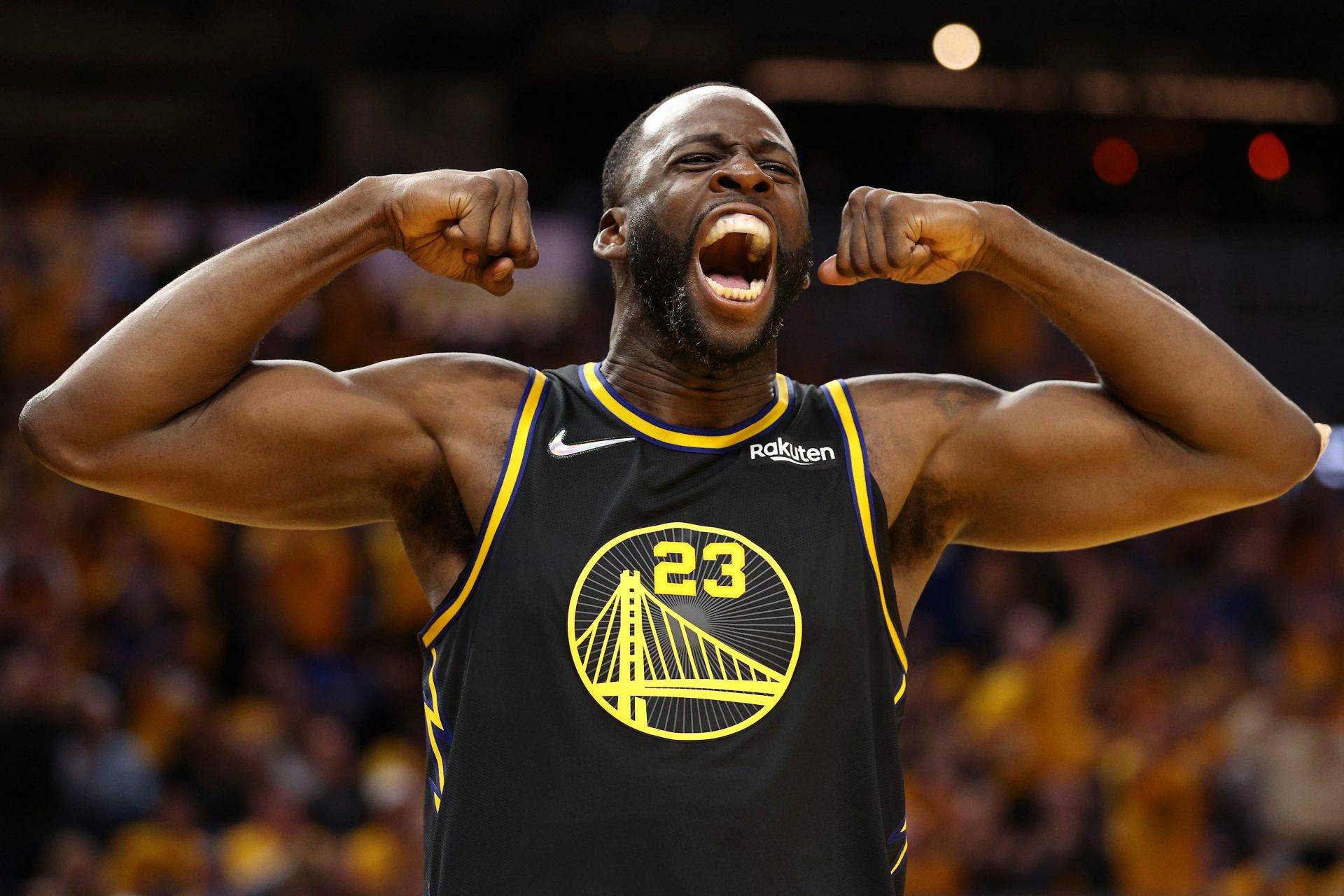Over 70? These sports will help you stay young
Staying active over 70 can be difficult, but the health benefits far outweigh the effort required.
For obvious reasons, physical exercise becomes very challenging during the later stages of life. Nevertheless, The World Health Organization (WHO) recommends exercise for its health benefits, such as improved bone health, reduced risk of chronic diseases, and improved mental health.
But what are the best sports for people over 70? Let's take a look!
Photo: Unsplash - Center for Aging Better
Want to see more like this? Follow us here for daily sports news, profiles and analysis!
According to the Society of Geriatrics and Gerontology of Chile (SGGCh), each exercise must be performed in a series of 8 to 15 repetitions, twice a week. The WHO recommends a total of 150 minutes of exercise a week.
Photo: Unsplash - Anupam Mahapatra
Also, if they cannot be done standing up, they can always be done from a chair or in bed.
Photo: Pexels - Mikhail Nilov
Swimming is the most complete sport and very suitable for elderly people. It is a low-impact sport in which the person limits the pressure of weight on the knees, hips, or spine. For people with arthritis or fibromyalgia, water sports are highly recommended, and a study from Harvard Medical School confirms this.
Photo: Unsplash - Stefano Zocca
Power walking boils down to walking at an accelerated pace while activating parts of your upper body. According to the Mayo Clinic Proceedings, the pace that determines whether or not it is Power Walking is established at 4.8km/h (2.98 mp/h).
Photo: Pexels - Cottonbro Studio
Tai Chi is another great alternative, the martial arts can be used to train the body and the mind. Slow-paced movements focused on enhancing strength and balance, according to Harvard University.
Photo: Pexels - Marcus Aurelius
Fancy some tennis doubles? Why not?! According to a study published in 'The International Journal of Exercise Science', practicing it activates the upper and lower part of the body, in addition to reducing the risk of cardiovascular diseases, depression, and obesity. Always good fun!
Photo: Pexels - Cottonbro Studio
Want to see more like this? Follow us here for daily sports news, profiles and analysis!
It can be as simple as taking a 1-2 kg (4.4 lbs) weight in each hang and raising your arms to your shoulder height.
Photo: Unsplash - Center for Aging Better
Using the same dumbbells, one can adapt the movement to focus on other muscle groups. Doing upward-facing curls will activate your biceps, meanwhile, a shoulder press will work on your triceps too.
Photo: Pexels - Barbara Olsen
In a sitting position, feet resting on the floor, we raise the leg little by little, until the knee is parallel to the floor.
Photo: Unsplash - Nick Karvounis
As simple as it is complicated, it consists of crossing one leg over the other and vice versa. It can be done sitting down, but it is advisable to lie on the floor.
Photo: Unsplash - Jamie Waynick
To improve lower back strength, the indicated exercise involved trying to touch one's toes. A hard stretch that activates many important muscles that help improve one's posture. If you experience pain at any moment in time, take a break.
Photo: Unsplash - Mehdi Sepehri
By the way, dancing, yoga, pilates, or walking are other popular exercises for people over 70 years of age, always accompanied by a healthy diet that is as balanced as possible and a sufficient protein intake to withstand the effort, according to Sanitas.
Photo: Unsplash - Geert Pieters
Want to see more like this? Follow us here for daily sports news, profiles and analysis!
Finally, it is very important to remember that you must stop all physical activity as soon as you notice pain or discomfort. Other tips: start at a low pace and increase as you feel, inhale and exhale harmoniously while accompanying the exercise and, above all, drink plenty of water before and after the exercises.
Photo: Pexels - Run
More for you
Top Stories



